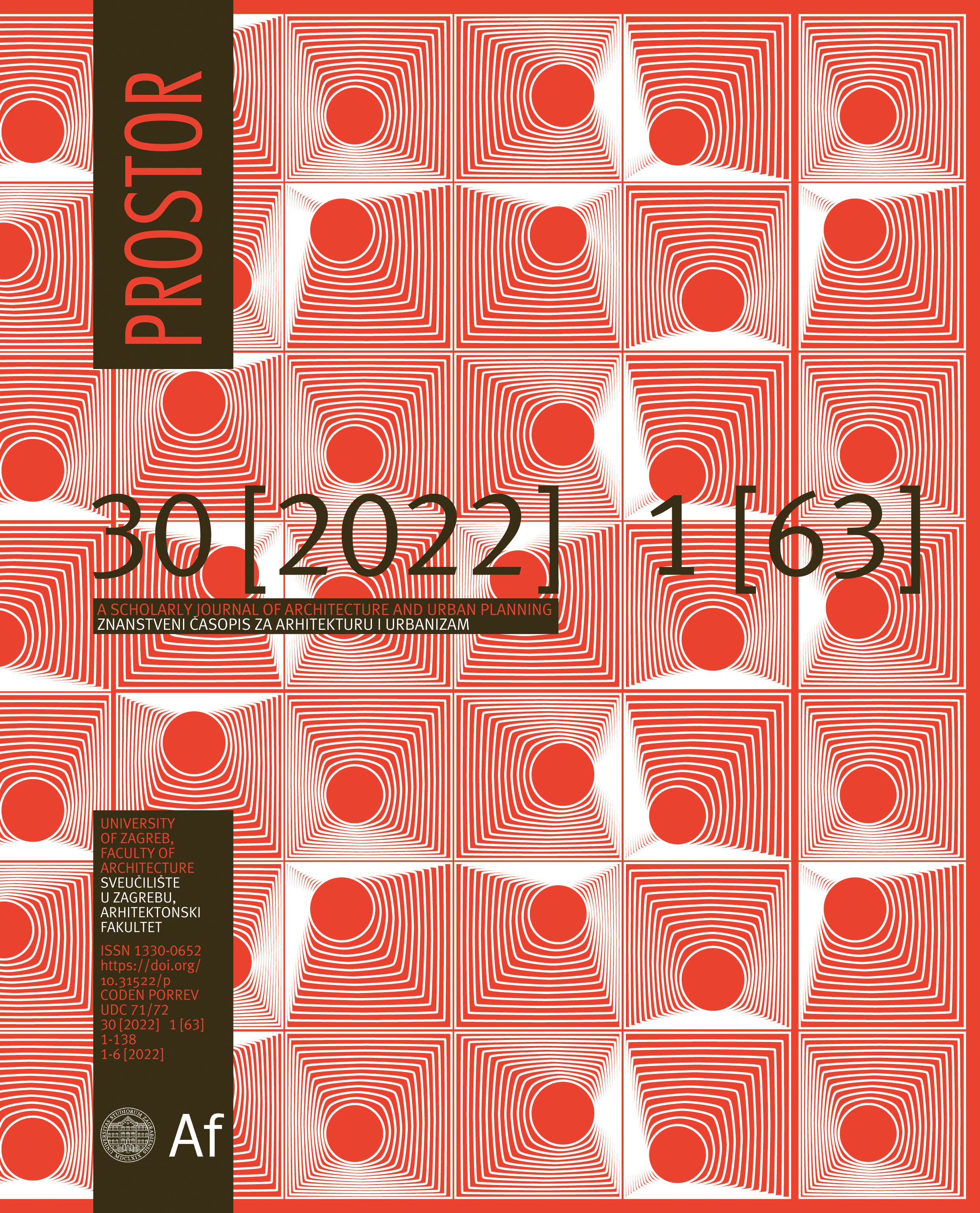Green City or Urban Countryside?
An Analytic Review of the Urban Sprawl Phenomenon in the Algerian City N’Gaous
DOI:
https://doi.org/10.31522/p.30.1(63).6Keywords:
agrarisation, view of the city, countryside, N’Gaous, Algeria, urban sprawlAbstract
Urban sprawl is a global phenomena in which a city expands and suffocates its surrounding countryside. These two indivisible entities coexist in a field that juxtaposes and composes urban and rural traits according to their respective modalities. Sociologically rural and economically urban, N'Gaous orchard city par excellence, located in the heart of the Aures and characterized by its apricot trees, has experienced an astounding spatial expansion over the last 60 years, establishing a strong presence in its territory, solidifying its service, and reaffirming its attraction. Its land area expanded by more than ten times (from 33.7 to 379.7 hectares), while the population increased by more than six times (from 4,887 to 33,515 persons ). The fast growth of its urban sprawl creates a number of issues, the most serious of which are these peri-urban orchards. The goal of this article is to investigate urban growth and urbanization in N'Gaous, Algeria. The purpose is to ascertain the effects of urban expansion on peri-urban agricultural land, the primary economic activity in the area, and to chart its evolution. Accordingly, the article employs an analytical approach to assess the agronomic potential of soils in order to quantify and monitor the agricultural potential consumed by the construction. This method is supported by the use of Geographic Information Systems as a decision support tool for spatializing the city's growth. The focus of the article is not merely to avoid urban expansion, but to achieve the optimal agri-urban balance feasible. Hence, it will serve as a demonstration that the urban future is fashioned with the inherent potential to guide growth via the use of land assets.
Downloads
Published
How to Cite
Issue
Section
License
Copyright (c) 2022 Imen Bendjemila, Salah Chaouche

This work is licensed under a Creative Commons Attribution 4.0 International License.
Copyright (c) 2021 authors and journal.
This work is licensed under a Creative Commons Attribution 4.0 International License.
Authors who publish with this journal agree to the following terms:
In agreeing this form, you certify that:
- You read the ethical codex of the PROSTOR available at journal web.
- You submitted work is your original work, and has not previously been published and does not include any form of plagiarism.
- You own copyright in the submitted work, and are therefore permitted to assign the licence to publish to PROSTOR.
- Your submitted work contains no violation of any existing copyright or other third party right or any material of an obscene, libellous or otherwise unlawful nature.
- You have obtained permission for and acknowledged the source of any illustrations, diagrams or other material included in the work of which you are not the copyright owner.
- You have taken due care to ensure the accuracy of the work, and that, to the best of your knowledge, there are no false statements made within it.
- All co-authors of this submitted work are aware of, and in agreement with, the terms of this licence and that the submitted manuscript has been approved by these authors.







